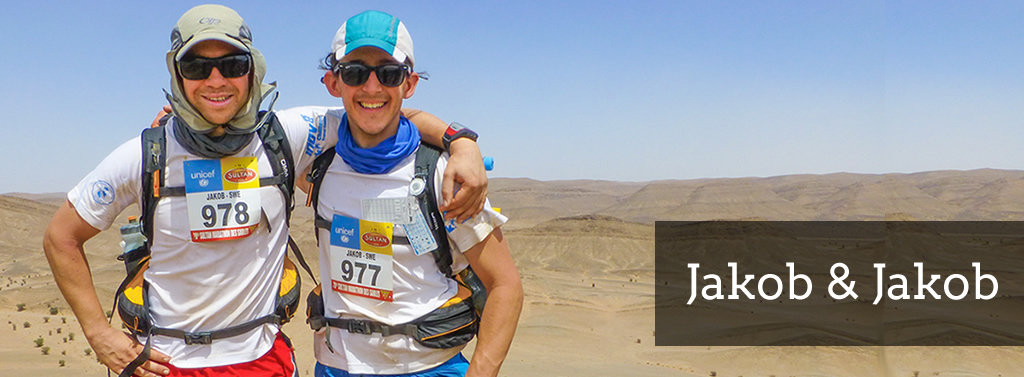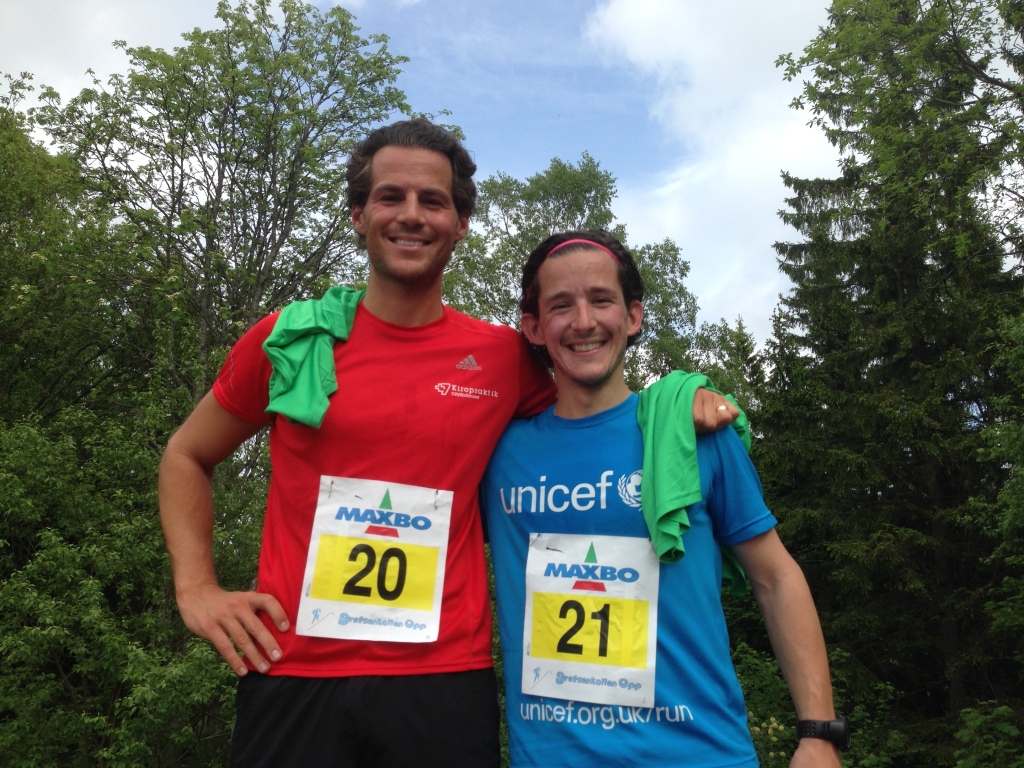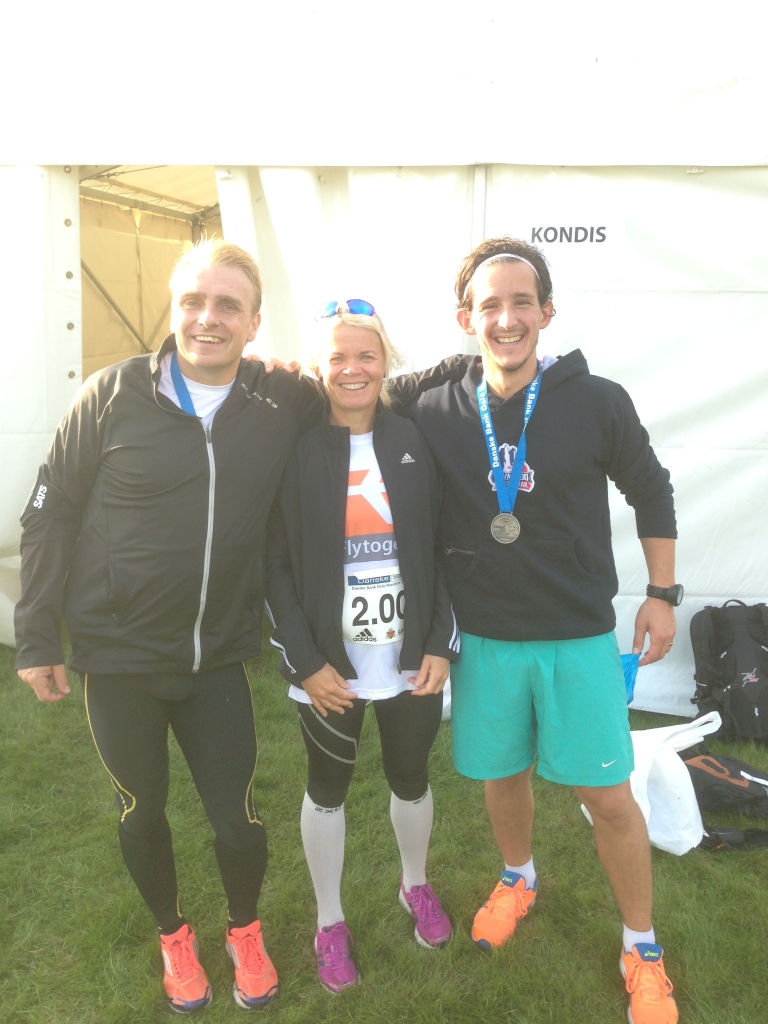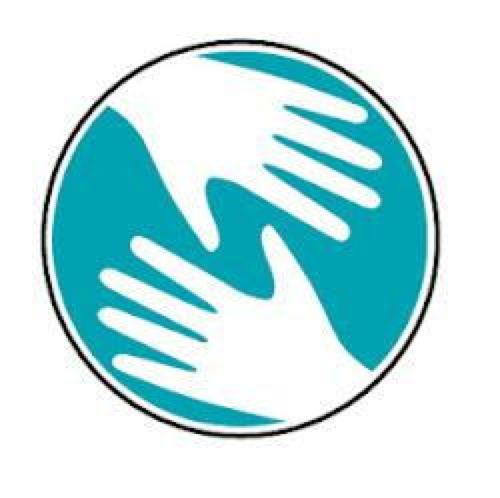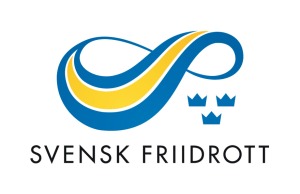The Two Titans
If you would compare Usain Bolt to Björn Sunesson, chances are that you would come up with many more painfully obvious differences than striking similarities. The showy superstar from Jamaica is not only the fastest man who has ever run down a 100 m-track, but also one of the most sought-after and popular athletes on the planet. He is adored by fans and media alike and can have his pick among any sponsor he chooses to support. If Usain Bolt is larger than life, Björn Sunesson must be his polar opposite. The diminutive Swede was humble, unassuming and soft-spoken when I had the pleasure to chat with him during a coffee-break at an ultrarunning seminar at Bislett Stadion a few weeks ago. Bislett International Endurance Festival (BIIEF) – the organisation behind the popular race Bislett 24-hours, an indoor-ultra race at Bislett Stadion – had invited to a seminar with two Swedish titans, or nestors if you will, of the ultra community: Björn Sunesson and Rune Larsson.
For once, I had slipped away early from work in order to squeeze in 11 km of running before the seminar that was scheduled for 17.00 in the afternoon. After a quick shower at the gym, I jogged the few hundred metres to the beautiful Olympic Stadium, where I arrived to find one of the conference rooms bustling with people of a certain, shall we say, ultrarunning quality. Ultrarunners are a breed unto themselves, but more regarding attitude and charisma than a certain body type. To be sure, ultrarunners come in many shapes and sizes; from the thinnest beanstalks you have ever met to more heavy-set fellows with tattoos decorating their forearms. I grabbed a cup of coffee and managed to snatch a seat in the front row just in time to hear Björn being introduced by a bearded veteran from BIIEF.
Björn Sunesson is a 67-year-old runner who has run coast-to-coast across the US no less than FOUR times, a distinction he shares with an American who, by comparison, had a follow-car trailing him on all four occasions. Björn has run solo across the continent every single time. Not only has he run the distance four times, but his first time was in 2007, i.e. at an age of 59 years. If that’s not impressive, I don’t know what is. (You can find his blog right here, by the way.) You can see for yourselves on the map below the routes he has taken every time. The USA is about 5000 km from west to east (which happens to be the direction in which you always run, because of the wind, apparently), and the classic route is from Los Angeles to New York, a distance of 4860 km and which Björn completed last summer in 100 days. He told us that when he runs across the US, he always aims for 50 km a day without any rest days, and that he has always used a babyjogger for his gear. His first ultrarun on American soil was between Chicago and New Orleans, a ”test-run” of around 1600 km to see if he was ready to run the entire distance across the continent. That time he chose a backpack to run with, a decision he bitterly got to regret thanks to the many chafings he got in the hot Southern states during the final legs of his run. Which is why he has always preferred a babyjogger (specifically the 25 Jubilee edition) since then. In contrast to Darren Wendell, a 33 year-old American who completed his own coast-to-coast race in April 2015 and who apparently wore out 30 pairs of running shoes, Björn has always been content to change between two pairs every day (one pair for the morning leg, and another for the afternoon leg) and wore out only five pairs during his last run. One of the keys to running across the US is apparently also to avoid the big cities as they tend to be difficult to run through due to heavy traffic. Björn has always preferred to run on highways with traffic not bothering him too much since there is so little of it outside the huge metropolises of the country. During the coffee break after his own seminar, I went up to him for a little chat and asked him to fill in a few blanks for me, mainly about the practicalities of arranging such an adventure. I’ll spare you the majority of the tidbits I learned – call them trade secrets if you will – but I can tell you that his babyjogger was loaded with around 10 kg of gear, and that to arrange a trip like this comes down to around 70-80 USD a day, the lion sum paying for the motels. He smiled and told me that it could probably have been done a bit cheaper, but he likes to stay at the better kind of motels during his runs, the better to reward himself after a long day of running, and also because he loves the contrasts of these transamerican adventures: a tiny old man running along dusty highways all day long and come afternoon to check-in to a motel and finally get to rest his legs on a soft bed in the evening. Björn told us that he doesn’t consider himself an ultrarunner since he has never actually run an official ultrarace with a numbertag on his chest. Rune Larsson, on the other hand, has competed in several ultras, most notably Spartathlon which he has won three times. The thing that makes Spartathlon one of the toughest ultraraces in the world is not only it’s distance (245 km between Athens and Sparta), but also it’s severe cutoff-times and weather conditions. Two-thirds of runners never make it to the finish line. In this race, every finisher is literally a winner. When people ask him at what time he adjusted his diet in order to become a better runner, Rune normally replies: ”When I stopped breast-feeding.” In other words, he has been running since he started to walk. He ran his first marathon as a 16-year old (3:04) and has every single run he has ever made since 1973 written down in notebooks that are indexed and kept safe. How many kilometers? As New Year’s Eve 2014 he’s run 237 880 km and counting. That’s more than 60% of the distance to the moon, ladies and gentlemen. Where Björn had had us paying attention through his soft voice and stories about exciting encounters on the highways of the US, Rune was playing his audience like a master violinist. He changed his voice from a hush to loud cries, when illustrating conversations, and he told frequent and funny jokes, mainly on his own expense. He invited us to see and understand running from his point of view, which I would say is a pure joy of all forms of running. Or happy running, if you will. His philosophy to become a better runner is cemented by the fact that you have to love running, both the training and the competitions. In the course of his seminar, he mentioned several other important basic components, such as the will to fight, running economy, to build yourself a body that can withstand severe battering and to train your gut to absorb any kind of food stuff while on the run. Not regarding purely running-related trouble with muscles, ligaments and tendons, the most common problem for any runner (including myself, unfortunately) is the stomach. The man or woman who could invent a solution to runner’s belly, or whatever it’s called, would become so rich he or she would never have to work for a living again. Rune told us that he used to train this particular characteristic by eating an enormous portion of pasta and then without delay head straight out for a run. And when he needs to build muscle for strength, he never hits the gym as the rest of us do. Instead he loads a backpack with around 20% of his body-weight (I don’t think I’m exaggerating when I guess he weighs around 80 kg, meaning he packs it with 16 kg of weight) and then goes out for a terrain run. No better way to train your abs, back and upper torso, apparently. Another little jewel of information he regaled us with was that every kind of runner has trouble with deficiencies. The sprinters and middle-distance runners have to battle oxygen deficiency, as it is their main barrier towards a good result in a race. The long-distance runners, i.e. the marathoners, mainly have to worry about their glycogen stores, not only having to fill up their stores prior to a race, but also maintaining an intake of calories during the race. Ultrarunner, in comparison, have it easy. They are deficient in EVERYTHING. Oxygen, glycogen, salts, common sense; you name it and they don’t have it. As illustrated by the fact that out of ten starts at Spartahlon, Rune has ended up in hospital a total of eight times. But not before finishing every single race within the time limit. Which brings us back to the body’s ability to withstand pain and a proper battering.
The photo shows Rune congratulating the winner of the 1985 Spartathlon, Patrick Macke, after both of them had ended up in hospital immediately after the race. Rune finished fourth.
”Look up there! That’s Rune Larsson, running to the moon!”

LONDON, ENGLAND – AUGUST 05: Usain Bolt of Jamaica celebrates winning gold in the Mens 100m Final on Day 9 of the London 2012 Olympic Games at the Olympic Stadium on August 5, 2012 in London, England. (Photo by Michael Steele/Getty Images)
Monday 13 km, calm tempo
Tuesday 12 km, progressive increase
Wednesday 9,5 km, restitution
Thursday 11 km, marathon tempo
Friday 20 km, proper trails with a backpack, water and chocolate together with a friend
Sunday 8 km, restitution
Total 73,5 km
Monday 17 km, interval training coaching Urban Tribes, including back and forth from home
Tuesday 11 km, progressive increase
Wednesday 10 km, calm tempo
Thursday 12 km, progressive increase
Friday 30 km, wonderful trails and gravel roads with a backpack in Nordmarka
Sunday 8 km, restitution
Total 88 km
